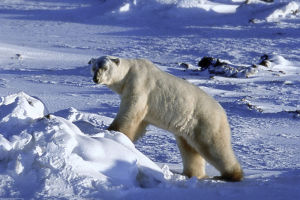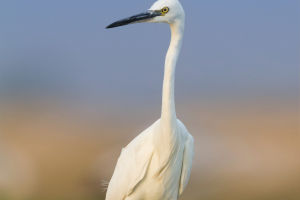Many people believe that animals can sense earthquakes and other natural disasters before they happen. But is there any truth to this idea? And how do animals actually react when disaster strikes, such as during earthquakes, tsunamis, wildfires, and storms?
Can Animals Predict Earthquakes?
Scientists have yet to find consistent evidence that animals can predict earthquakes by behaving strangely or fleeing the area days in advance.
While reports of unusual animal behavior before earthquakes date back to 373 BC, these are mostly anecdotal, and no scientific consensus exists on animals having a true "predictive" ability.
That said, some animals can sense the vibrations of an earthquake just seconds before it hits, due to their heightened senses. When an earthquake occurs, it produces two types of waves: the faster P waves (compression waves) and the slower, more noticeable S waves (shear waves), which cause the ground to shake.
While humans often don't feel the P waves, many animals—thanks to their sensitive senses—can detect them. It’s not entirely clear how they do this, but possibilities include heightened senses of hearing, smell, or touch.
Can Animals Predict Tsunamis?
Since tsunamis are triggered by underwater earthquakes, landslides, or other disturbances, animals might detect the early vibrations or shifts caused by these events. There are eyewitness reports of animals behaving strangely before the 2004 Indian Ocean tsunami, such as elephants and flamingos retreating to higher ground and domesticated animals acting unusually.
Can Animals Predict Wildfires?
Wild animals, with their sharp sense of smell and deep awareness of their surroundings, may detect a fire as it starts. However, they do not have the ability to foresee where or when a fire will occur. With the intensifying effects of climate change, wildfires are becoming more frequent and severe, threatening animal habitats and survival.
Can Animals Predict Storms?
Although modern technology helps us predict storms and hurricanes, some animals might have a unique ability to sense these disasters earlier than humans. A fascinating study found that birds, specifically veeries (a type of thrush), seemed to predict the intensity of hurricane seasons.
Over two decades, researchers noted that veeries altered their breeding behavior, seemingly preparing for migration earlier in some years. This behavior correlated with the severity of the upcoming hurricane season, suggesting that these birds might be responding to environmental cues ahead of storms, though further research is needed.
Can Humans Predict Disasters?
While we can’t predict all disasters, advancements in technology have allowed us to track severe weather like hurricanes, tropical storms, and wildfires. This often gives us time to evacuate and prepare.
However, animals, especially wild ones, are left largely unprepared for such events. In some cases, animals are even stranded or injured by disasters, as seen in cases like the flooding in Libya caused by Storm Daniel, which displaced thousands of people and animals alike.
How You Can Help
You can also make a difference by staying informed and prepared. Check out resources like IFAW’s #DisasterReady page to learn how to prepare for disasters with your pets. It’s essential to have a plan in place for evacuating pets and ensuring that animals in affected areas receive the care they need.
In the face of climate change and unpredictable disasters, animals may not be able to foresee what’s coming—but with your help, they can receive the support they need to survive.


